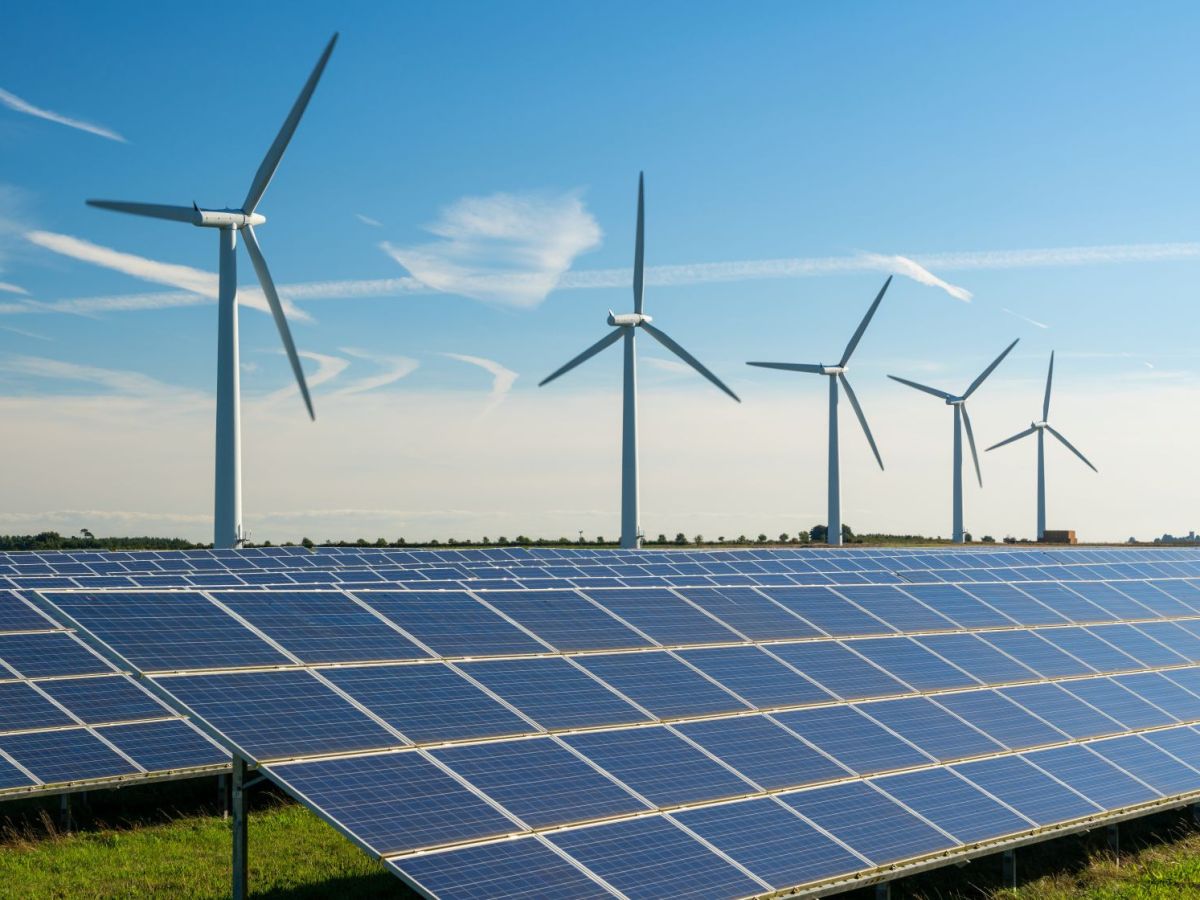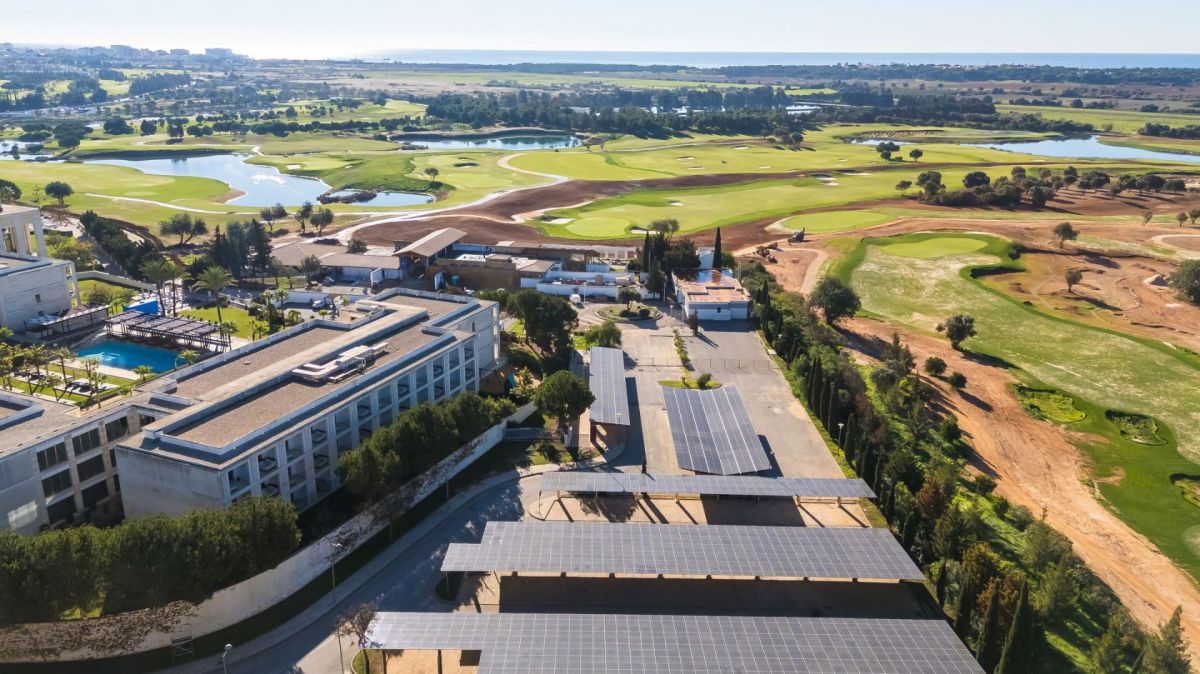The project consists of a wind farm with 12 wind turbines and a photovoltaic power plant, with a total capacity of 135.4 megawatts (MW), and a battery energy storage system, with an installed capacity of 15 MW per four hours, according to a proposal submitted for public consultation by the Portuguese Environment Agency.
The plant "combines the use of wind and solar energy, sharing a common injection point into the electricity grid, thus reconciling the intermittent operation of these two technologies, thus forming a hybrid energy production system."
The park's connection to the power grid is via a 60-kilovolt (kV) power line, approximately 12.5 kilometres long, from the substation to be built as part of this project to the Carvoeira substation of the National Electricity Network (REN).
Connecting the two sites will be a 30-kV power line, approximately 3.4 kilometres long.
The hybrid plant "is designed to produce electricity from renewable and non-polluting sources—wind and solar—contributing to the diversification of the country's energy sources and to fulfilling the State's commitments regarding energy production from renewable sources, with the goal of injecting 61.2 MW of power into the public grid".
The project contributes to the State's objectives for combating climate change, the energy transition, carbon neutrality by 2050, and renewable electricity production by promoting the reduction of emissions associated with the use of fossil fuels in energy production.
The project is planned for the parishes of Campelos/Outeiro da Cabeça, Ramalhal, Maxial/Monte Redondo, Santa Maria/São Pedro/Matacães, Dois Portos/Runa, and Carvoeira/Carmões.
The investment is subject to an Environmental Impact Assessment at the preliminary study stage.













